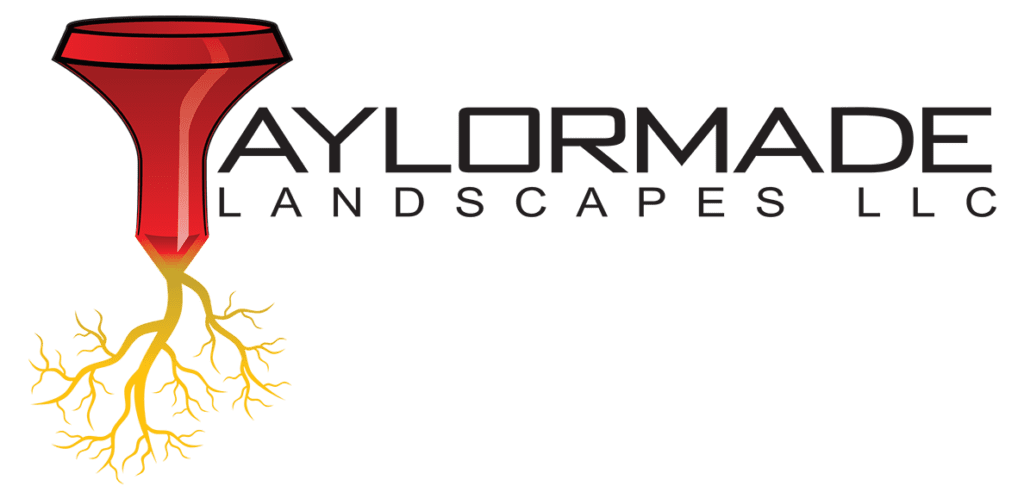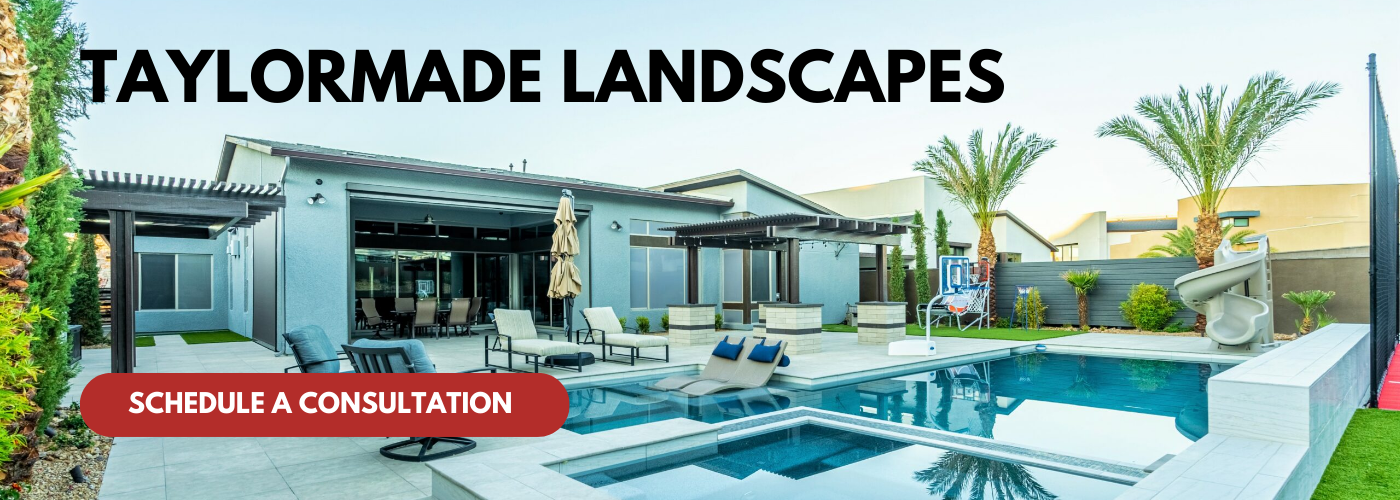As homeowners increasingly seek to enhance their outdoor spaces, the significance of well-designed landscapes has never been clearer. In 2025, the trend towards investing in professional landscape design, particularly for hardscape projects, has gained remarkable traction. Hardscaping—referring to the non-plant elements in landscape architecture, such as patios, pathways, retaining walls, and water features—plays a pivotal role in the functionality and aesthetic appeal of outdoor environments. Engaging a skilled landscape designer for these projects is not just a luxury but a strategic decision that can yield substantial benefits.
One of the primary advantages of hiring a landscape designer is their ability to bring a cohesive vision to life. With expertise in layout, material selection, and design principles, professionals can create spaces that seamlessly blend beauty and functionality. In 2025, as sustainability becomes a crucial factor in construction and landscaping, landscape designers are equipped to incorporate eco-friendly materials and practices, optimizing resources for a sustainable hardscape. Their understanding of climate conditions, soil types, and drainage patterns ensures that outdoor spaces are not only aesthetically pleasing but also durable and practical for long-term use.
Moreover, professional landscape designers save homeowners time, money, and frustration. Navigating permits, sourcing materials, and executing installations can be daunting tasks for the untrained eye. Designers streamline the process, managing everything from the initial concept to project completion, thus reducing the risk of costly errors. Armed with a network of trusted contractors and suppliers, they can often secure better prices and outcomes than what a homeowner might achieve independently. In a world where personalized, well-crafted spaces are increasingly in demand, collaborating with a landscape designer for hardscape projects can transform an ordinary yard into an extraordinary retreat, tailored to meet the specific needs and aspirations of the homeowner.
By understanding these benefits, homeowners contemplating hardscape enhancements can make informed decisions that elevate their outdoor living areas while maximizing their investment. The future of landscaping undoubtedly lies in professional guidance, where aesthetic appeal is harmonized with practical functionality, resulting in outdoor spaces that are not only visually stunning but also serve as a sanctuary for relaxation and recreation.
Expertise in Design and Planning
Hiring a landscape designer for hardscape projects offers substantial advantages, particularly in the realm of expertise in design and planning. These professionals are trained and experienced in understanding both the aesthetic and functional elements required to create a cohesive outdoor space. In 2025, as trends continue to evolve in landscape architecture, skilled designers bring current knowledge that is vital for maximizing the utility and beauty of hardscaping elements, such as patios, walkways, retaining walls, and outdoor living areas.
One of the primary benefits of hiring a landscape designer is the ability to create a detailed and tailored plan that considers the specific needs and preferences of property owners. This expertise encompasses not only the artistic aspect of design but also the technical requirements that ensure durability and proper drainage, especially critical in hardscape projects. A landscape designer evaluates the site conditions, soil quality, climate, and existing vegetation to develop a functional layout that enhances the overall landscape. As urban areas continue to grow and prioritize aesthetic appeal amidst density, designers assist in fitting hardscapes seamlessly into their environment while adhering to both local guidelines and sustainability goals.
Moreover, collaborating with a designer can save property owners from common pitfalls such as poor material choices, ineffective drainage solutions, or design features that do not complement the home or surrounding landscape. The designer’s comprehensive planning helps foresee potential issues and provides innovative solutions. This foresight not only leads to a more successful project outcome but also increases the longevity of the hardscaping elements, ultimately providing a better return on investment.
In 2025, the integration of automated tools and technology in the design process can further enhance the capabilities of landscape designers. These tools allow for precise simulations and visualizations, offering clients a clear picture of their projects before implementation. Such technology-enabled design practices help ensure the final execution aligns with the envisioned aesthetics and functionality to enhance outdoor spaces effectively. Therefore, hiring a landscape designer for hardscape projects is more than just an aesthetic choice; it is a strategic investment in the overall success and sustainability of outdoor environments.
Cost-Effectiveness and Budget Management
Hiring a landscape designer can significantly contribute to cost-effectiveness and budget management in hardscape projects, especially in 2025 when the demand for sustainable and aesthetic outdoor spaces continues to rise. A landscape designer brings a wealth of knowledge and experience that enables them to create efficient plans that utilize resources wisely. By developing a detailed proposal with clear budget estimates, they can help prevent unexpected costs or financial overruns that often occur in DIY projects or with inexperienced contractors. Their ability to forecast expenses based on their understanding of materials, labor costs, and potential design challenges allows homeowners to make informed decisions about their investments.
One of the notable benefits of collaborating with a landscape designer is their access to a network of suppliers and contractors. This network can result in cost savings through established relationships that may not be available to a homeowner managing the project independently. A designer can negotiate better rates for materials and services, ultimately reducing the overall project cost while still delivering high-quality results. Moreover, their expertise in sourcing materials that fit within a specific budget ensures that the final outcome not only meets the envisioned aesthetic but also aligns with financial constraints.
Beyond initial cost savings, a landscape designer can contribute to the long-term financial aspects of a property. By designing hardscape features like patios, walkways, and retaining walls that are durable and requires minimal maintenance, they help homeowners avoid future expenses associated with repairs or replacements. Additionally, well-executed hardscapes can enhance the property’s curb appeal, further increasing its value over time. In 2025, as more homeowners recognize the importance of exterior aesthetics in property valuation, hiring a landscape designer becomes a strategic investment, combining immediate budget efficiency with long-term financial benefits.
Integration of Sustainable Practices
The integration of sustainable practices in landscaping and hardscape projects has become increasingly important as environmental concerns grow and the focus shifts toward creating spaces that are not only beautiful but also beneficial to the ecosystem. A landscape designer adept in sustainable design can implement practices that minimize environmental impact while maximizing the functionality and aesthetic appeal of outdoor spaces. By prioritizing the use of native plants, permeable materials, and eco-friendly construction methods, landscape designers are able to create designs that harmonize with the local environment.
One of the primary benefits of hiring a landscape designer for hardscape projects in 2025 is their ability to utilize sustainable materials and techniques that promote water conservation and reduce waste. For instance, they might recommend permeable pavers that allow rainwater to seep through, reducing runoff and recharging groundwater supplies. Incorporating sustainable practices also encourages biodiversity by selecting native plants that require less water and maintenance, attract local wildlife, and support healthier ecosystems.
Moreover, a professionally designed landscape with sustainable elements can significantly enhance the livability of outdoor spaces. Designers can create areas that effectively manage water drainage, reduce soil erosion, and provide comfortable microclimates for recreational purposes. Integrating energy-efficient outdoor lighting and renewable energy sources, such as solar lights, further contributes to lower operational costs and a reduced carbon footprint.
As society continues to place value on sustainability, properties with environmentally conscious landscapes are becoming more desirable, which can lead to enhanced property value. In this regard, hiring a landscape designer familiar with current sustainable practices in hardscape projects not only benefits the environment but also serves as an investment for homeowners looking to increase the value of their property in an increasingly eco-aware market. Thus, the synergy between sustainable design and professional expertise exemplifies why enlisting a landscape designer is a wise choice for hardscaping projects in the coming years.
Enhanced Property Value and Aesthetics
Hiring a landscape designer for hardscape projects can significantly enhance the property value and aesthetics of residential and commercial spaces. Hardscaping refers to the non-plant elements of landscape design, including patios, walkways, retaining walls, and other structures that contribute to the overall appeal of a property. A skilled landscape designer brings a wealth of experience in creating visually pleasing and functional outdoor spaces that seamlessly blend with the existing environment. By employing design principles such as appropriate material selection, color coordination, and spatial arrangement, their expertise can transform an ordinary outdoor space into an extraordinary one.
In 2025, as homeowners and property developers continue to prioritize outdoor living spaces, the demand for aesthetic enhancements is expected to grow. A landscape designer can help homeowners choose hardscape elements that not only improve the visual appeal of their property but also align with current design trends. For instance, the use of natural stones, permeable pavers, and sustainable materials can provide a modern and sophisticated look while promoting environmental responsibility. These design choices can make a property stand out in a competitive real estate market, leading to increased demand and potentially higher selling prices.
Moreover, the aesthetic improvements brought on by thoughtful hardscaping can enhance the overall functionality of outdoor spaces. A well-designed hardscape can create inviting areas for relaxation and entertaining, such as outdoor kitchens, fire pits, or seating areas. This attention to detail not only elevates the appearance of a property but also increases its usability, making it more appealing to potential buyers or visitors. Ultimately, hiring a landscape designer helps ensure that the hardscape elements are not only functional but also contribute to a harmonious and attractive landscape, creating long-term value for the property.
Efficient Project Management and Execution
Efficient project management and execution are critical components of successful hardscape projects, and hiring a landscape designer can streamline this process significantly. A professional landscape designer brings a wealth of knowledge and experience that enables them to effectively plan and oversee the various stages of a hardscape installation. This includes everything from initial site assessment and design conception to the final phases of construction. A seasoned designer is adept at coordinating multiple contractors, managing timelines, and ensuring that all aspects of the project align seamlessly. They serve as a central point of communication among all parties involved, which not only minimizes the risk of miscommunication but also optimizes workflow.
In 2025, the benefits of engaging a landscape designer for hardscape projects are particularly pronounced. As urban development continues to rise and environmental sustainability becomes increasingly essential, designers are well-versed in the latest trends and technologies that can contribute to a project’s efficiency. These professionals are often knowledgeable about new materials and construction methods that can save time and reduce waste. Their familiarity with local regulations and permits also ensures compliance, which can eliminate potential delays and legal issues down the road.
Moreover, having a landscape designer leads to more organized project timelines. They can accurately estimate the duration of each phase, anticipate possible challenges, and adjust plans proactively. This foresight not only keeps projects running on schedule but can also prevent cost overruns. In a landscape designer’s hands, projects are completed more smoothly and efficiently, fostering a collaborative atmosphere among workers that ultimately results in a superior final product.
The overarching benefits of efficient project management and execution through a landscape designer extend beyond the immediate project timeline. A well-managed project minimizes stress for the homeowner, who can remain confident and informed throughout the process. Furthermore, a successful hardscape endeavor increases the likelihood of achieving the client’s vision, leading to higher satisfaction and a beautiful outcome that enhances both the aesthetics and functionality of the outdoor space. The return on investment becomes apparent, as thoughtfully designed hardscapes contribute significantly to property value, curb appeal, and outdoor enjoyment for years to come.



